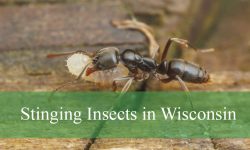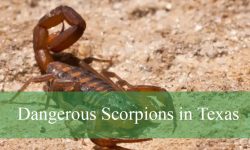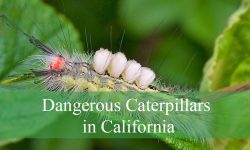Across Florida, cicadas showcase a wide variety of forms, songs, and seasonal behaviors that make them truly remarkable. Unlike states in the northern U.S. where periodical cicadas emerge in 13- or 17-year cycles, Florida hosts annual cicadas that appear every summer. Their songs fill the air from dawn to dusk, creating one of the most iconic sounds of the season.
These insects play an important role in Florida’s ecosystems. Cicadas spend years underground as nymphs before emerging to molt into adults, where they provide food for birds, reptiles, fish, and mammals. Their short adult lives are dedicated to reproduction, and their powerful songs are essential for attracting mates.
In this guide, we’ll explore 10 types of cicadas in Florida, including their identification, songs, habitats, and active seasons. From the loud Dog-Day Cicada to the early-rising Morning Cicada, each species adds its own voice to Florida’s summer chorus.
Different Types of Cicadas Found in Florida
Dog-Day Cicada (Neotibicen canicularis)
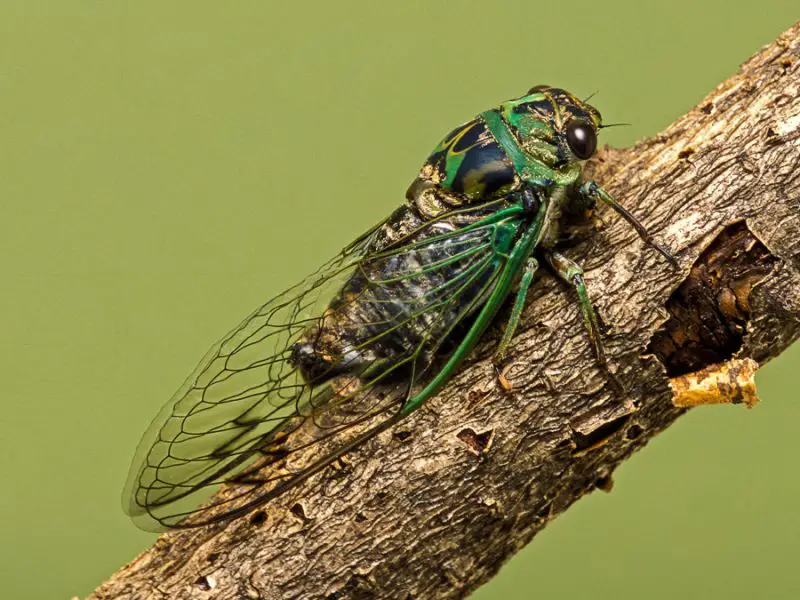
The Dog-Day Cicada is among the most recognizable cicadas in Florida, emerging during the hottest weeks of late summer, which is how it earned its name. Adults usually measure between 1.5 and 2 inches long, making them fairly large compared to other insects. Their bodies are patterned with black and green, and the underside is pale or whitish, while their transparent wings show dark veins that help with identification.
One of the most notable features of this cicada is its loud and steady buzzing call, which resembles the sound of a buzzing electrical wire. Only the males sing, and they use their tymbals to produce the sound that can be heard hundreds of feet away. Their song is often continuous and is heard in full daylight, especially during the hottest hours of the afternoon.
The life cycle of the Dog-Day Cicada involves several years underground as nymphs, where they feed on tree roots before emerging to molt into adults. Once above ground, they live for only a few weeks, during which they focus on reproduction. After mating, the females lay their eggs in tree branches, continuing the cycle.
These cicadas thrive in wooded areas, parks, and suburban neighborhoods with plenty of trees. In Florida, their activity peaks from July through September. They are harmless to people and pets, though their sudden flight and loud calls often draw attention. Their seasonal song is a signature sound of late summer across the state.
Southern Grass Cicada (Cicadetta calliope floridensis)

The Southern Grass Cicada, sometimes called the Florida Grass Cicada, is a small and delicate cicada species that is easy to overlook. Adults are usually less than an inch long, much smaller than the large tree cicadas. Their coloring is light brown to tan with faint markings, which helps them blend into grasses and low plants. Unlike larger cicadas, their subtle appearance makes them less visible to casual observers.
Their song sets them apart from tree-dwelling cicadas. Instead of producing a long, droning buzz, the males emit a short, high-pitched call that resembles a rapid rattle. These songs are most often heard in open grassy areas and are usually performed in the morning or late afternoon. The sound is less intense than that of larger cicadas but can be detected when multiple males call at once.
The Southern Grass Cicada is closely tied to Florida’s open fields, meadows, and grassy habitats. Unlike most cicadas that perch high in trees, this species often sings from grass stems or low shrubs. Their preferred environment makes them important contributors to the insect chorus of prairies and open landscapes.
They are most active in spring and early summer, emerging earlier than many other cicadas in Florida. Because of their smaller size and less conspicuous behavior, they are rarely seen but often heard by those familiar with their unique call. Their localized distribution also makes them of special interest to cicada enthusiasts and researchers.
Swamp Cicada (Neotibicen tibicen)
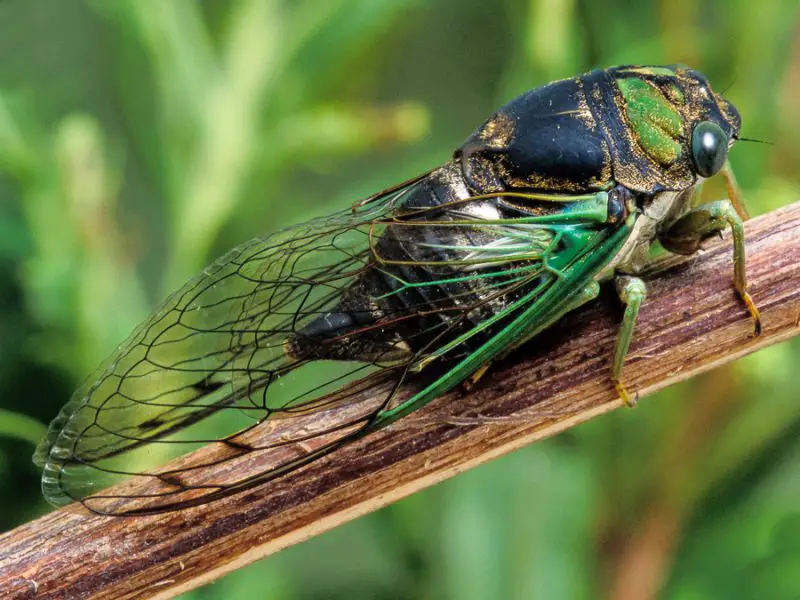
The Swamp Cicada is one of the most common cicadas in Florida, often found near wet habitats such as lakes, swamps, and rivers. Adults are medium-sized, typically measuring 1.2 to 1.6 inches long, with dark bodies that feature green or brown highlights. Their wings are clear but show distinctive green-tinted veins, and the abdomen often has a whitish, powdery coating that looks frosted.
Their call is a sharp, buzzy sound that rises and falls in pitch, often compared to the whine of a power tool. Males sing during the late morning and early afternoon, and their songs can carry over the water and through forested wetlands. Because of the acoustics in swampy areas, their calls often sound louder and more resonant than those of other cicadas.
Like most cicadas, Swamp Cicadas spend years underground as nymphs, feeding on tree and shrub roots. Once they emerge, they shed their nymphal skin and spend the rest of their brief adult life in the treetops. Their primary focus is reproduction, and the males’ song plays a vital role in attracting females.
In Florida, they are especially active from midsummer through early fall. Their presence in swampy woodlands makes them an important part of wetland ecosystems. Bird species, reptiles, and even fish sometimes feed on these cicadas, making them a valuable seasonal food source for wildlife.
Northern Dusk-Singing Cicada (Neotibicen auletes)
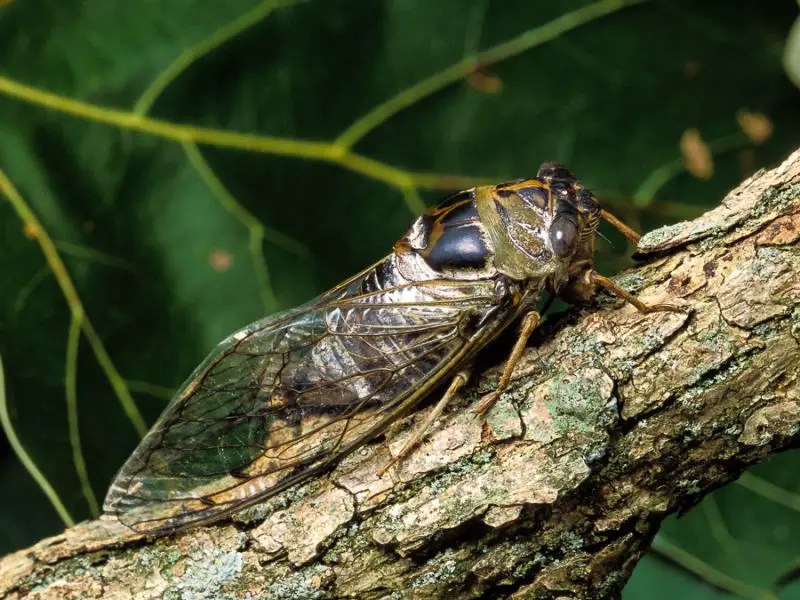
The Northern Dusk-Singing Cicada is the largest cicada in North America and is also found in Florida. Adults can grow up to 2.5 inches long, with robust bodies that are dark brown or black, often with olive or tan markings. Their large wings are clear but heavily veined, giving them a distinctive and imposing appearance.
Unlike most cicadas that call during the day, this species is unique because of its singing habits. The males sing at dusk, producing one of the loudest and deepest calls of any cicada. Their song is a long, pulsing buzz that echoes through forests as the daylight fades, creating an almost eerie atmosphere in the evening.
These cicadas are strongly associated with oak and pine forests, although they can also be found in suburban areas with tall, mature trees. Because of their size, they tend to perch higher in the canopy, making them less frequently seen but easily heard by anyone nearby.
In Florida, they emerge during midsummer and remain active through August and September. Their twilight singing makes them one of the most recognizable cicadas in the state. For many people living near woodlands, the dusk chorus of this species is an unforgettable part of summer evenings.
Scissor Grinder Cicada (Neotibicen pruinosus)
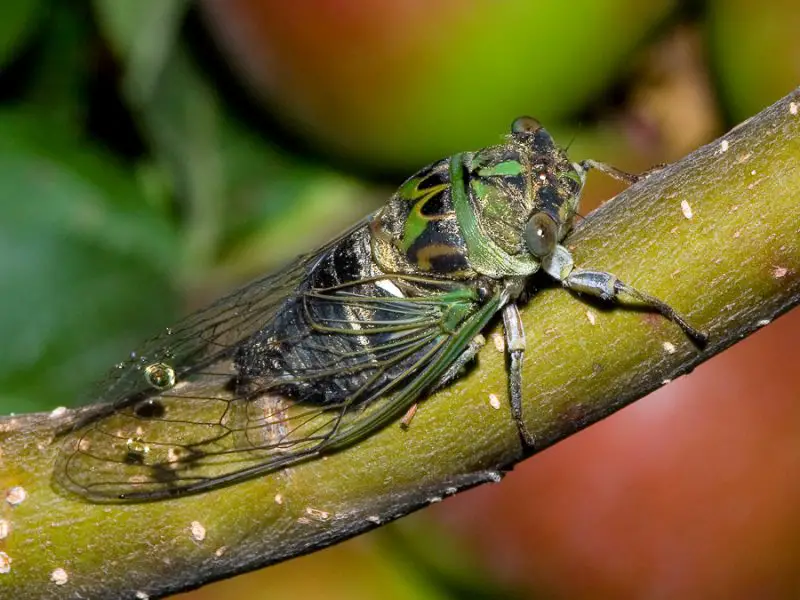
The Scissor Grinder Cicada is another widespread species in Florida, named for its unique call that resembles the sound of scissors being ground or sharpened. Adults are medium to large, usually 1.5 to 2 inches long, with bodies colored in shades of brown, black, and green. A whitish, powdery substance often coats parts of the abdomen, which helps with identification.
Their call is a steady, droning buzz that gradually grows louder and can last for several minutes. The sound is often produced in the late afternoon and early evening, when males perch on tree trunks and branches to attract females. When several males sing together, the combined effect creates a continuous chorus that fills the air.
These cicadas prefer open woodlands, orchards, and neighborhoods with mature shade trees. They are very adaptable and are often found in both rural and urban areas. Their willingness to live close to people makes them one of the most commonly heard cicadas in Florida.
The Scissor Grinder Cicada emerges in late summer and can remain active into early fall. Because of their long-lasting and distinctive calls, they are often among the first cicadas people recognize by sound. Their presence adds to the characteristic insect soundscape of warm Florida evenings.
Hieroglyphic Cicada (Neocicada hieroglyphica)
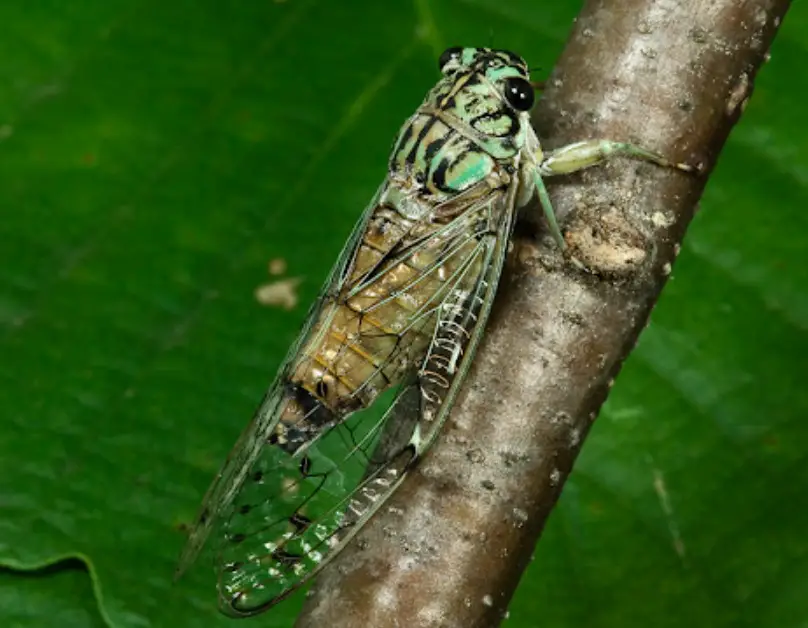
The Hieroglyphic Cicada is one of the most striking cicadas in Florida due to the bold black markings on its wings and body. Adults are medium-sized, typically measuring around 1.2 to 1.6 inches long. Their green bodies are decorated with distinctive black patterns that resemble ancient writing, which is how they earned their name. These unique markings make them one of the easiest cicadas to identify visually.
Their song is a rapid, rattling buzz that can be heard in sandy pine woods and scrub habitats. Unlike the long, droning calls of many tree cicadas, the Hieroglyphic Cicada’s song is shorter and bursts in rhythmic pulses. Males usually call during the warm parts of the day, especially in the late morning and afternoon.
This species is especially associated with dry, sandy soils and open pine flatwoods in Florida. It spends much of its life cycle underground feeding on roots before emerging to breed in the heat of summer. Adults are usually seen perched on pine trunks or scrub vegetation where their markings provide camouflage.
The Hieroglyphic Cicada is active from May through July, making it an early-season cicada compared to others that peak later in summer. Because of their specific habitat preferences, they are more localized than widespread species like the Dog-Day Cicada. Their unique patterns and distinct call make them a favorite among cicada enthusiasts.
Little Mesquite Cicada (Pacarina puella)
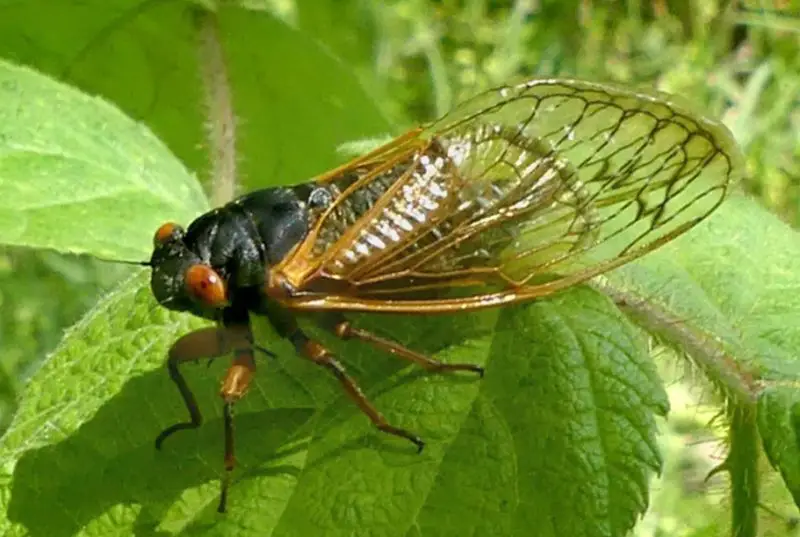
The Little Mesquite Cicada is one of the smallest cicadas in Florida, rarely exceeding an inch in length. Its body is brownish-gray with lighter markings, and its transparent wings are proportionally large compared to its small body. Despite its tiny size, it produces a surprisingly noticeable song for its stature.
Its call is a high-pitched buzz that has a metallic quality, often described as a faint, tinkling sound compared to the deeper droning of larger cicadas. Males usually sing from shrubs, small trees, or grasses rather than high in the canopy. Their calls are often heard in the morning and early afternoon.
This species prefers dry habitats with scattered shrubs and small trees, such as sandy scrublands and grasslands. In Florida, it can be found in regions where mesquite-like vegetation or other low shrubs grow, which provide them with ideal perching and feeding sites.
The Little Mesquite Cicada is active during the summer months, and while not as abundant as larger cicadas, they play an important role in their ecosystems. Because of their small size, they are often overlooked but can be detected by carefully listening for their delicate, metallic song.
Salt Marsh Cicada (Diceroprocta viridifascia)
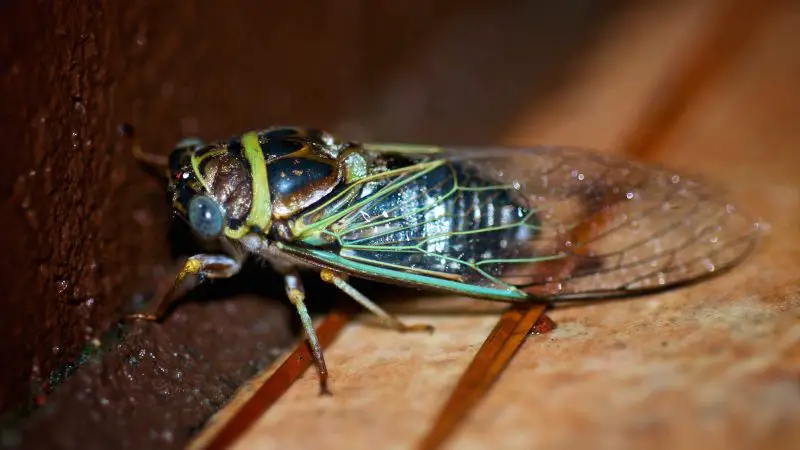
The Salt Marsh Cicada is a coastal species found in Florida’s marshes and mangrove habitats. Adults are medium-sized, usually between 1.2 and 1.5 inches long, with pale greenish bodies and clear wings. Their coloring allows them to blend with the grasses and vegetation of coastal wetlands.
Their song is a loud, buzzing trill that rises and falls in volume, echoing across salt marshes. Unlike woodland cicadas, they are closely tied to coastal environments, and their calls are often mixed with the sounds of shorebirds and waves. Males typically call in the heat of the day when sunlight is strongest.
As their name suggests, these cicadas inhabit brackish and saltwater marshes, mangroves, and coastal grasslands. They rely on salt-tolerant vegetation for perching and reproduction. Their unique habitat makes them less frequently encountered by people compared to inland cicadas, but they are common in Florida’s coastal ecosystems.
The Salt Marsh Cicada is most active during midsummer, and its presence highlights the diversity of cicada habitats in Florida. They provide a seasonal food source for fish, crabs, and coastal birds when they fall into tidal waters. Their adaptation to saltwater environments makes them a remarkable cicada species.
Resonant Cicada (Neotibicen resonans)
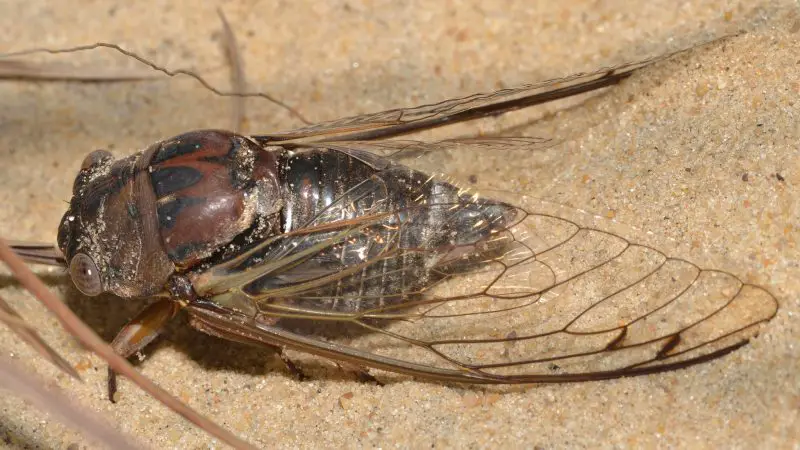
The Resonant Cicada, also known as Tibicen resonans, is a large and robust species found in Florida. Adults are usually 1.5 to 2 inches long, with dark brown bodies and green highlights on the thorax. Their broad, veined wings are clear but sometimes show a faint amber tint near the edges.
Their call is powerful and vibrating, giving the species its common name. The sound is a deep, resonant buzz that carries far across woodlands and can last several seconds. Unlike the Scissor Grinder Cicada, whose call slowly builds, the Resonant Cicada’s song is more immediate and pulsing.
They prefer pine and hardwood forests, where males sing from high in the trees. This species is especially common in central and northern Florida, although it can also be found in southern parts of the state. They are well adapted to both rural forests and suburban areas with large shade trees.
Resonant Cicadas emerge in midsummer and continue singing into early fall. Their loud, pulsing calls contribute to the chorus of late summer cicadas in Florida. They are often active in the late afternoon and evening, making them noticeable to people living near wooded areas.
Morning Cicada (Neotibicen latifasciatus)

The Morning Cicada is one of the earliest singers of the day in Florida. Adults are medium to large, measuring around 1.5 to 2 inches long. Their bodies are usually dark brown with greenish markings, and they have wide, clear wings with distinctive banding near the base. Their appearance is very similar to other Neotibicen cicadas but can be distinguished by subtle color differences.
Their name reflects their calling behavior. Unlike most cicadas that call in the heat of the afternoon, the Morning Cicada begins singing shortly after sunrise. The males produce a long, steady buzz that gradually increases and decreases in pitch, creating a distinctive pattern that makes them recognizable.
This species prefers sandy soils and open pine or oak woodlands. It is particularly common in coastal plains and scrubby habitats across Florida. Because they are active so early in the day, their calls often fill the morning air before other cicadas start their songs.
Morning Cicadas are most active from late spring through midsummer. Their dawn singing makes them important contributors to the daily cicada chorus. For many Floridians, their early calls mark the start of hot summer days, and they are one of the more memorable cicadas of the region.
FAQs About Cicadas in Florida
What types of cicadas are found in Florida?
Florida is home to several species of annual cicadas, including the Dog-Day Cicada, Southern Grass Cicada, Swamp Cicada, Northern Dusk-Singing Cicada, Scissor Grinder Cicada, Hieroglyphic Cicada, Little Mesquite Cicada, Salt Marsh Cicada, Resonant Cicada, and Morning Cicada. Each species has a unique song, habitat, and seasonal activity.
Do periodical cicadas (13 or 17-year) live in Florida?
No. Florida does not have periodical cicadas like the northern states. Instead, it is home to annual cicadas that emerge every year. While they spend years underground as nymphs, adults appear yearly in Florida, usually from late spring to early fall.
When is the best time to hear cicadas in Florida?
Most cicadas in Florida are active from late spring through summer and into early fall. Some species, like the Morning Cicada, sing early in the day, while others, like the Northern Dusk-Singing Cicada, call at sunset. Peak activity usually occurs in July and August.
Where can cicadas be found in Florida?
Cicadas can be found in a variety of habitats across Florida. Some species prefer pine and oak forests, others thrive in wetlands and swamps, while coastal species like the Salt Marsh Cicada are tied to marshes and mangroves. Many species also live in suburban neighborhoods with mature trees.
Are cicadas harmful to people or pets?
No, cicadas are not harmful to people or pets. They do not bite or sting and are not poisonous. Their main role above ground is reproduction, and they are an important food source for many animals. The loud calls may be surprising, but they are harmless.
Why are cicadas so loud in Florida?
Cicadas produce their songs using specialized organs called tymbals. Males call to attract females, and because Florida has multiple species active at once, their songs overlap to create a constant summer chorus. The warm climate also supports high cicada populations, making them sound even louder.


